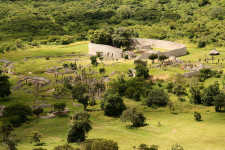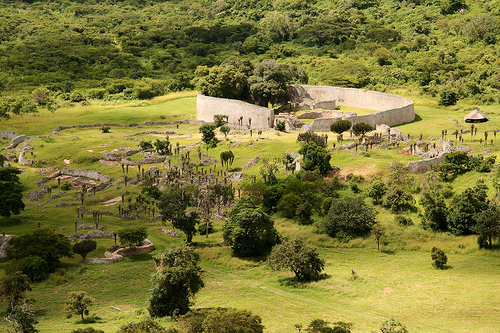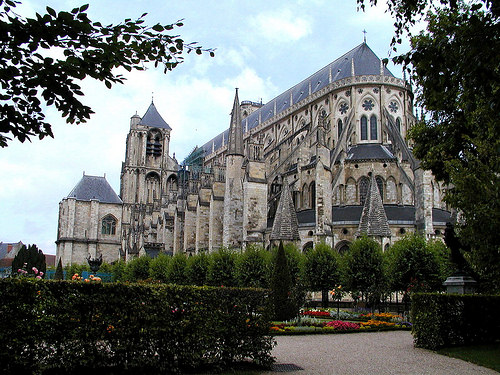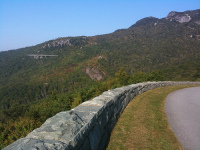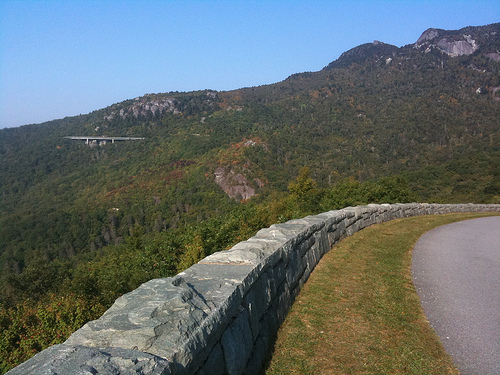
Go back in time with Burgos Cathedral.
- Burgos Cathedral is one of Spain’s many cathedrals, and it is located in Burgos, and it is used for Roman Catholic religious purposes.
- The construction of Burgos Cathedral was arranged by King Ferdinand III, along with the then Bishop of Burgos, Don Mauricio who was born in England.
- The Burgos Cathedral building process began in 1221, and the building is said to be located on land that originally housed another cathedral.
- Burgos Cathedral was completed in 1567, although an alter had been built by 1260, when it was consecrated; while the long construction period was due to a two century-long break.
- ‘Burgos Cathedral’ is officially known as the ‘Cathedral of Saint Mary of Burgos’, or in Spanish, ‘Catedral de Santa María de Burgos’, and it is also known as ‘Our Lady of Burgos’.
Part of Burgos Cathedral
Image courtesy of Rafael dP/Flickr
- Burgos Cathedral was declared a UNESCO World Heritage Site in 1984, and it is dedicated to, and named after Mary, the mother of Jesus.
- Burgos Cathedral features significant French Gothic architecture, and includes many spires, windows and statues in the style.
- Burgos Cathedral sits on a site that is an area of 10,300 square metres (110,870 square feet) and the tallest parts of the cathedral are the two spires on the two main towers; and they reach a height of 88 metres (289 feet).
- Numerous artworks, including sculptures, such as a virgin Mary statue, and paintings, are featured in Burgos Cathedral, with notable works by Juan de Anchieta and Gil de Siloé.
- Burgos Cathedral has many mass services each week and is open to tourists for a fee.
Bibliography:
Burgos Cathedral, 2014, Wikipedia, http://en.wikipedia.org/wiki/Burgos_Cathedral
Burgos Cathedral, 2015, UNESCO World Heritage Convention, http://whc.unesco.org/en/list/316
Catedral de Burgos History, n.d., Catedral de Burgos, http://www.catedraldeburgos.es/






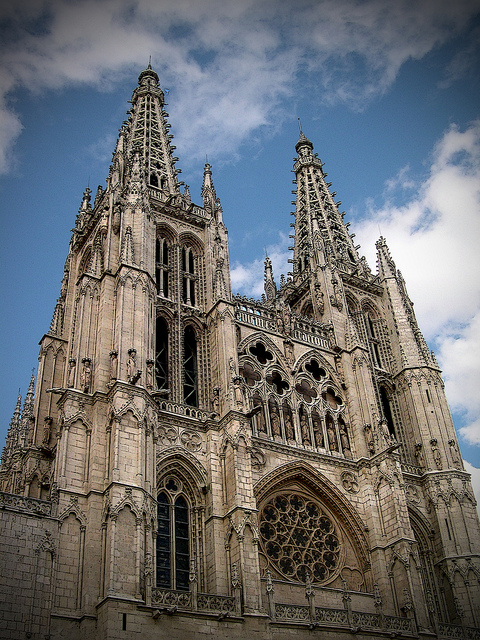
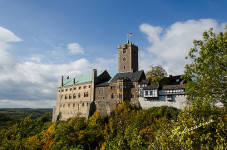
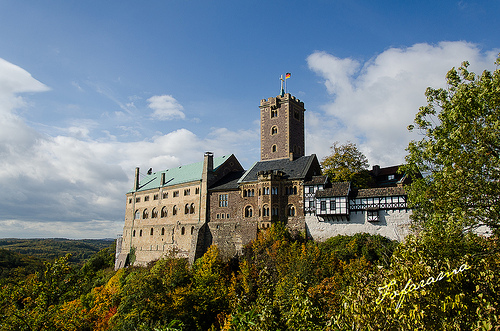 Part of Wartburg Castle
Part of Wartburg Castle




